Ways To Grow And Care For False Heather
Title: Ways to Grow and Care for False Heather
Introduction:
False heather (Cuphea hyssopifolia) is a beautiful and easy-to-grow plant that is perfect for adding a splash of color to your garden. It is native to Mexico and Central America, and it is known for its bright pink, purple, or white flowers. False heather is a perennial plant, so it will come back year after year with proper care.
In this blog post, I will discuss the basics of how to grow and care for false heather. I will cover topics such as soil, sunlight, water, fertilizer, pruning, and propagation. I will also provide some tips on how to troubleshoot problems with false heather.
Soil:
False heather prefers well-draining soil that is slightly acidic. The ideal pH range for false heather is 5.5 to 6.5. If your soil is not acidic, you can add some peat moss or sulfur to adjust the pH.
Sunlight:
False heather prefers full sun, but it can tolerate partial shade. If you live in a hot climate, you may want to plant false heather in a spot that gets some afternoon shade.
Water:
False heather needs regular watering, especially during the first year after planting. Once the plant is established, it can tolerate some drought. However, it is important to water false heather deeply during hot, dry weather.
Fertilizer:
False heather does not need a lot of fertilizer. A light application of fertilizer in the spring will help the plant to bloom. You can use a balanced fertilizer, such as 10-10-10.
Pruning:
False heather does not need a lot of pruning. However, you can trim the plant back in the spring to encourage new growth. You can also remove any dead or diseased branches.
Propagation:
False heather can be propagated from seed or cuttings. If you are propagating from seed, sow the seeds in a well-draining potting mix. The seeds will germinate in about 2 weeks. If you are propagating from cuttings, take a 4-6 inch cutting from a healthy plant in the spring. Dip the cutting in rooting hormone and plant it in a well-draining potting mix. The cutting will root in about 4-6 weeks.
Troubleshooting:
False heather is a relatively problem-free plant. However, there are a few things to watch out for.
- Root rot: If the soil is too wet, false heather can develop root rot. This is a serious problem that can kill the plant. To prevent root rot, make sure the soil is well-draining and water the plant deeply but infrequently.
- Leaf spot: False heather can also be susceptible to leaf spot. This is a fungal disease that causes brown spots on the leaves. To treat leaf spot, you can use a fungicide.
- Aphids: False heather can also be attacked by aphids. These small insects suck the sap from the leaves, which can cause the leaves to turn yellow and drop off. To control aphids, you can use insecticidal soap or neem oil.
Conclusion:
False heather is a beautiful and easy-to-grow plant that is perfect for adding a splash of color to your garden. With proper care, false heather will thrive for many years.
FAQ of false heather
- What is false heather?
False heather (Cuphea hyssopifolia) is a small, evergreen shrub that is native to Mexico and Central America. It is also known as Mexican heather, elfin herb, and firecracker plant. False heather is prized for its colorful flowers, which can be white, pink, red, or purple.
- How big does false heather get?
False heather typically grows to be 1-2 feet tall and 2-3 feet wide. It is a relatively slow-growing plant, but it can live for many years.
- What are the care requirements for false heather?
False heather is a relatively easy plant to care for. It prefers full sun or partial shade and well-drained soil. False heather is drought-tolerant, but it will benefit from regular watering during the summer months.
- What are the medicinal uses of false heather?
False heather has some medicinal uses in traditional medicine. It has been used to treat fever, cough, and diarrhea. However, more research is needed to confirm the effectiveness of these uses.
- Is false heather toxic?
False heather is not considered to be toxic to humans or pets. However, it is important to keep in mind that all plants can be harmful if ingested in large quantities.
Image of false heather
- White false heather
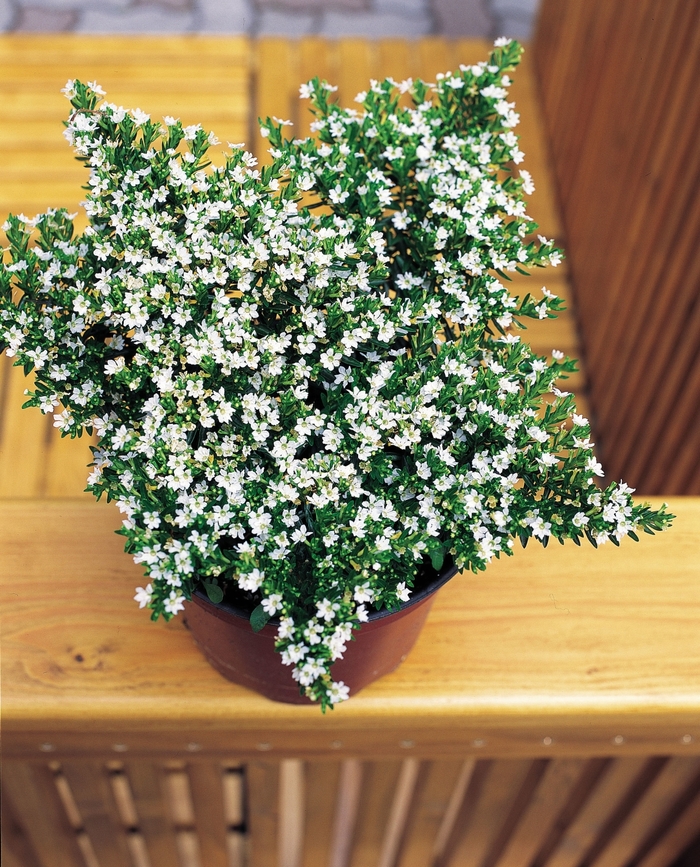
- Pink false heather
- Purple false heather

- Blue false heather
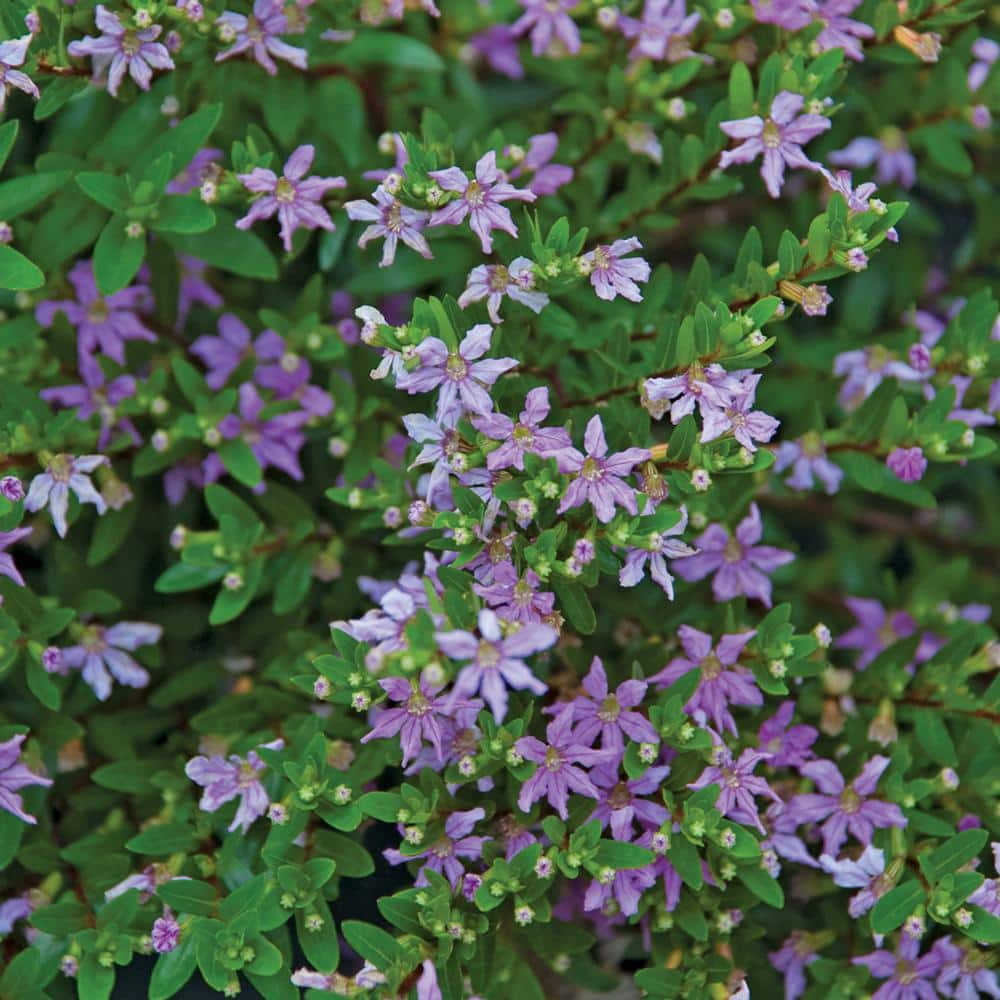
- Yellow false heather
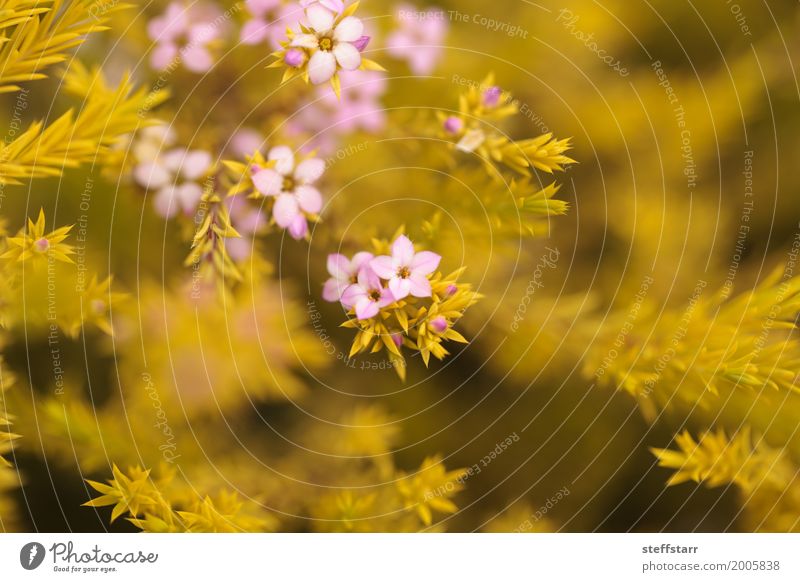
- Orange false heather

- Red false heather
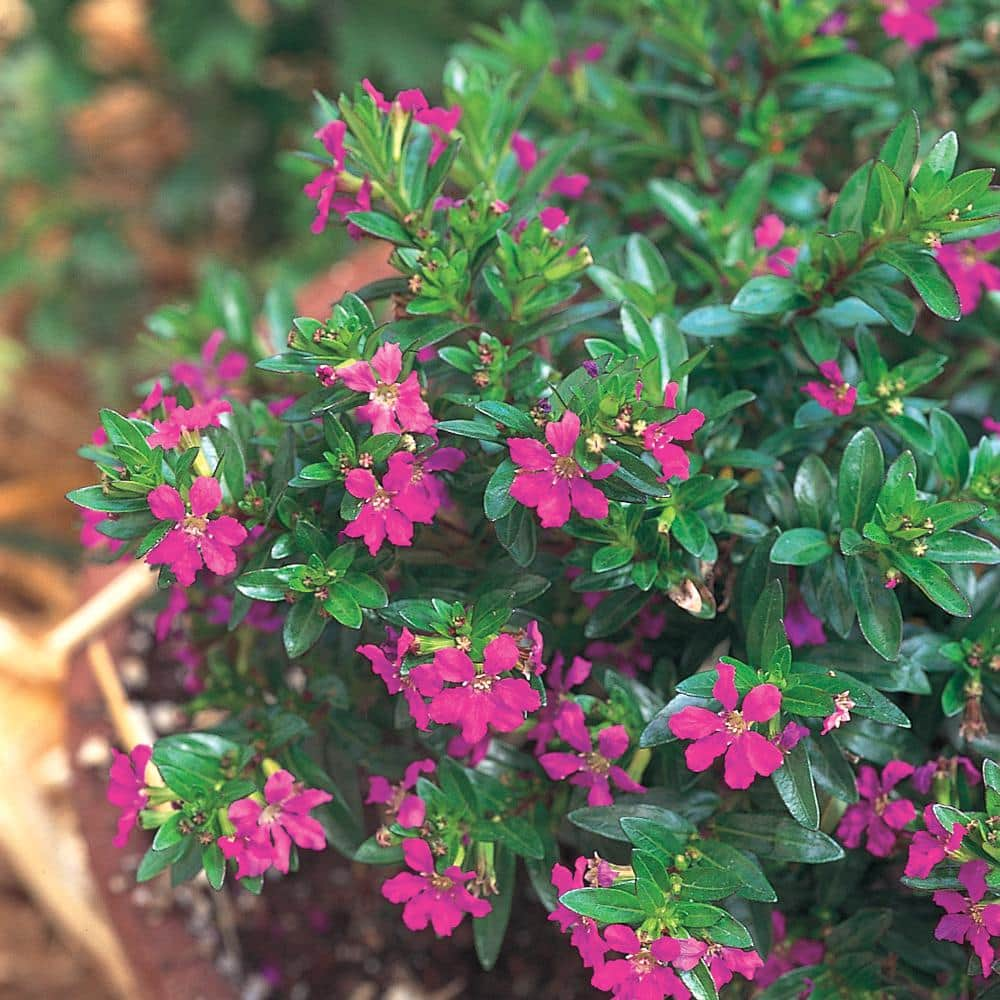
- Multi-colored false heather

- False heather in bloom

- False heather in a garden
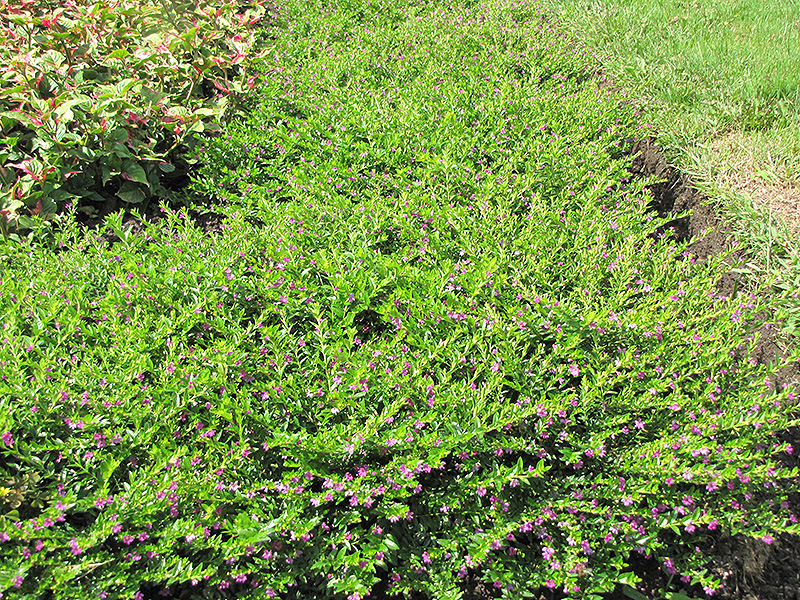
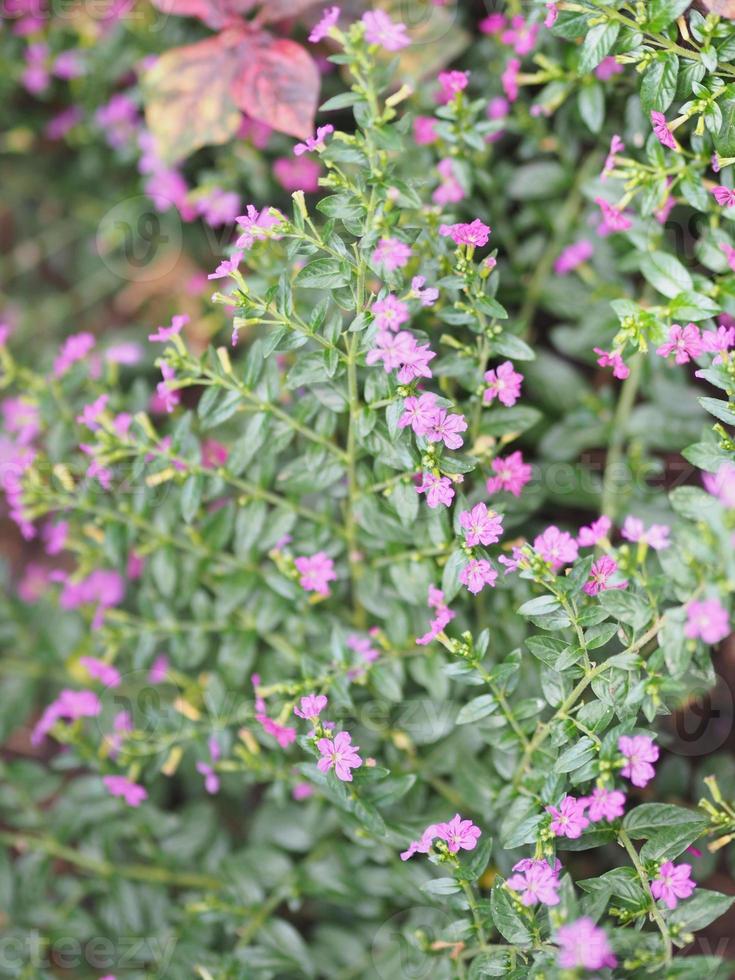
Post a Comment for " Ways To Grow And Care For False Heather"